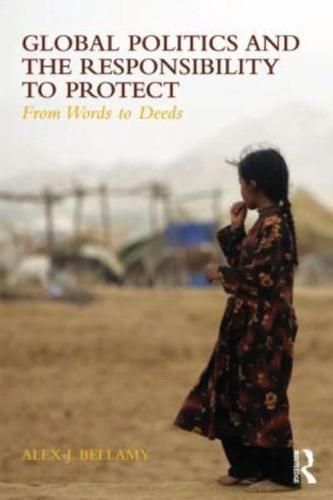Publisher's Synopsis
This book provides an in-depth introduction to, and analysis of, the issues relating to the implementation of the recent Responsibility to Protect principle in international relations
The Responsibility to Protect (RtoP) has come a long way in a short space of time. It was endorsed by the General Assembly of the UN in 2005, and unanimously reaffirmed by the Security Council in 2006 (Resolution 1674) and 2009 (Resolution 1894). UN Secretary-General Ban Ki-moon has identified the challenge of implementing RtoP as one of the cornerstones of his Secretary-Generalship. The principle has also become part of the working language of international engagement with humanitarian crises and has been debated in relation to almost every recent international crisis - including Sudan, Sri Lanka, Myanmar, Georgia, the Democratic Republic of Congo, Darfur and Somalia.
Concentrating mainly on implementation challenges including the prevention of genocide and mass atrocities, strengthening the UN's capacity to respond, and the role of regional organizations, this book introducing readers to contemporary debates on R2P and provides the first book-length analysis of the implementation agenda.
The book will be of great interest to students of the responsibility to protect, humanitarian intervention, human rights, foreign policy, security studies and IR and politics in general.











